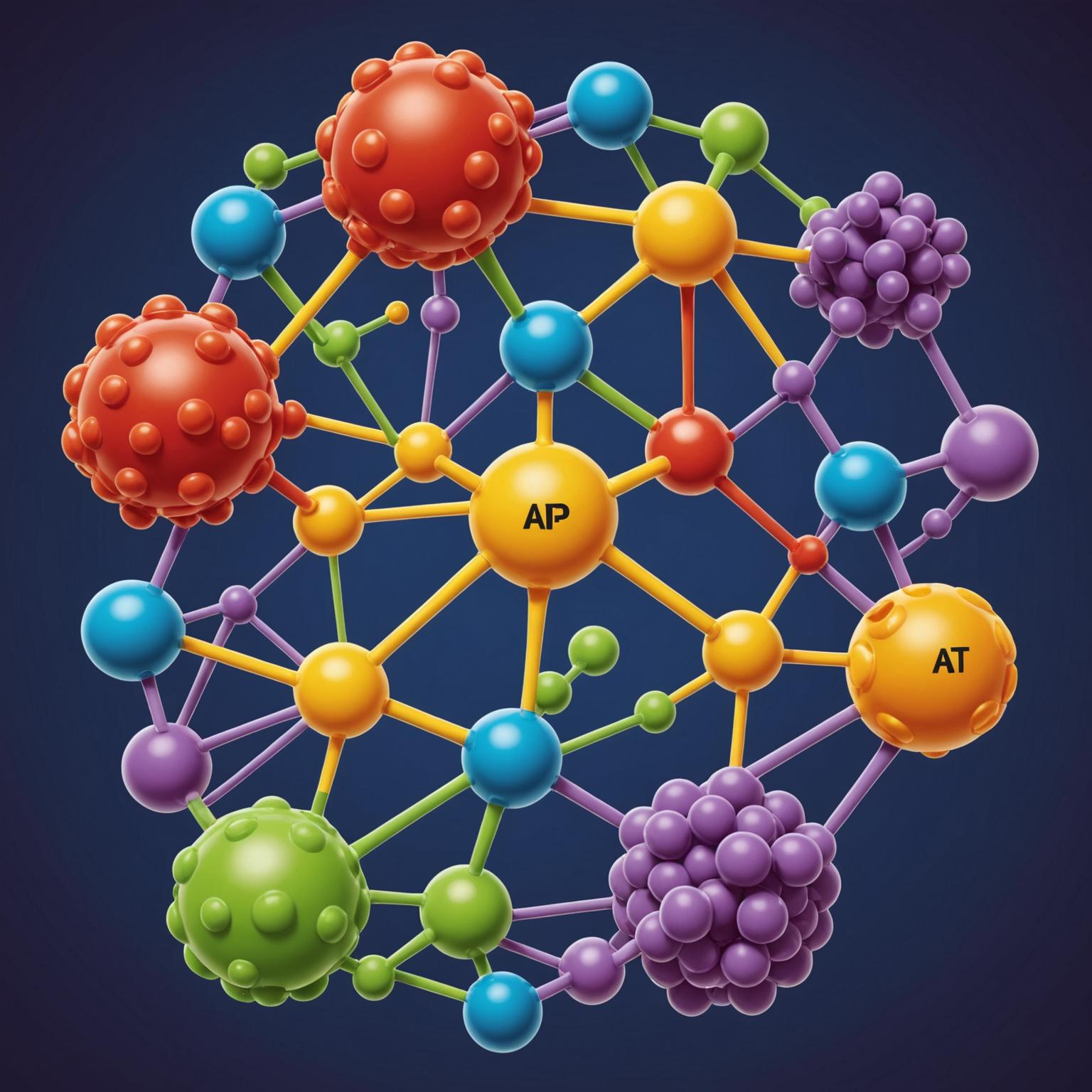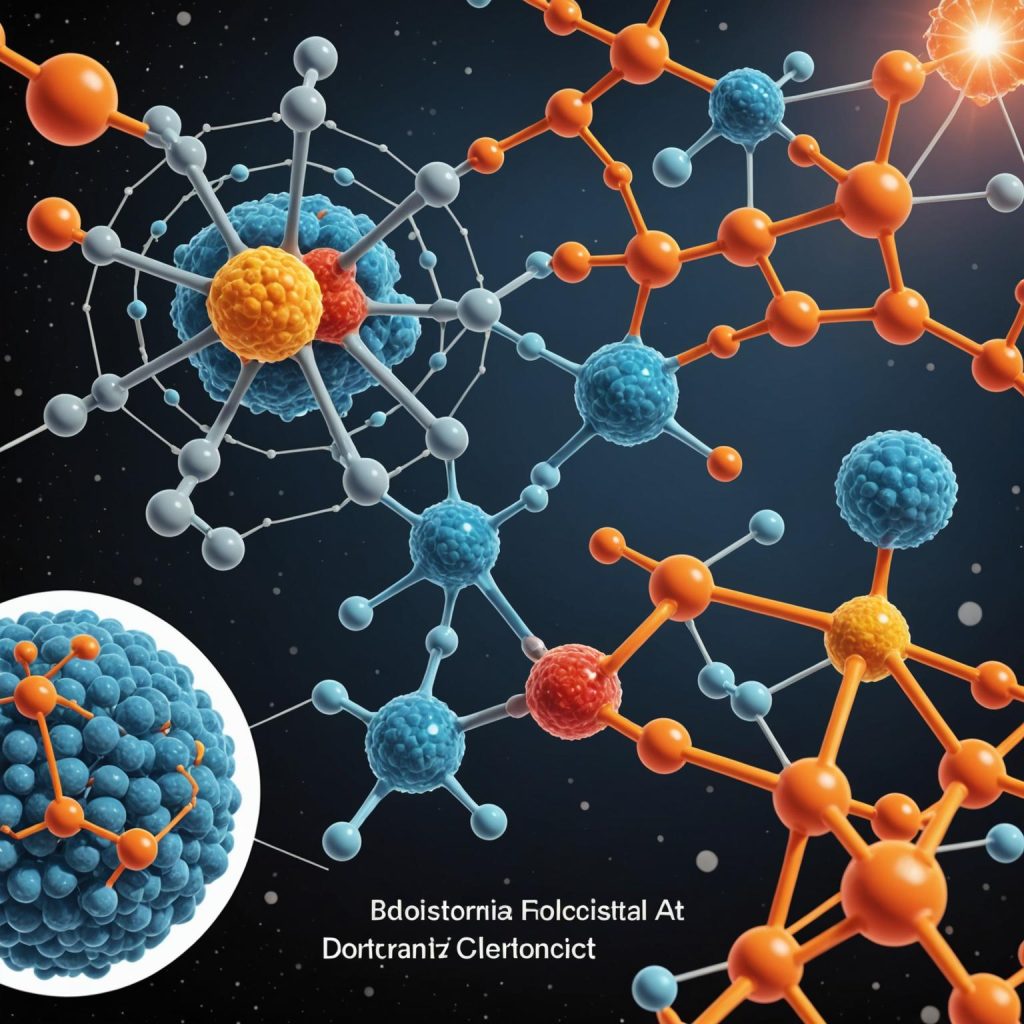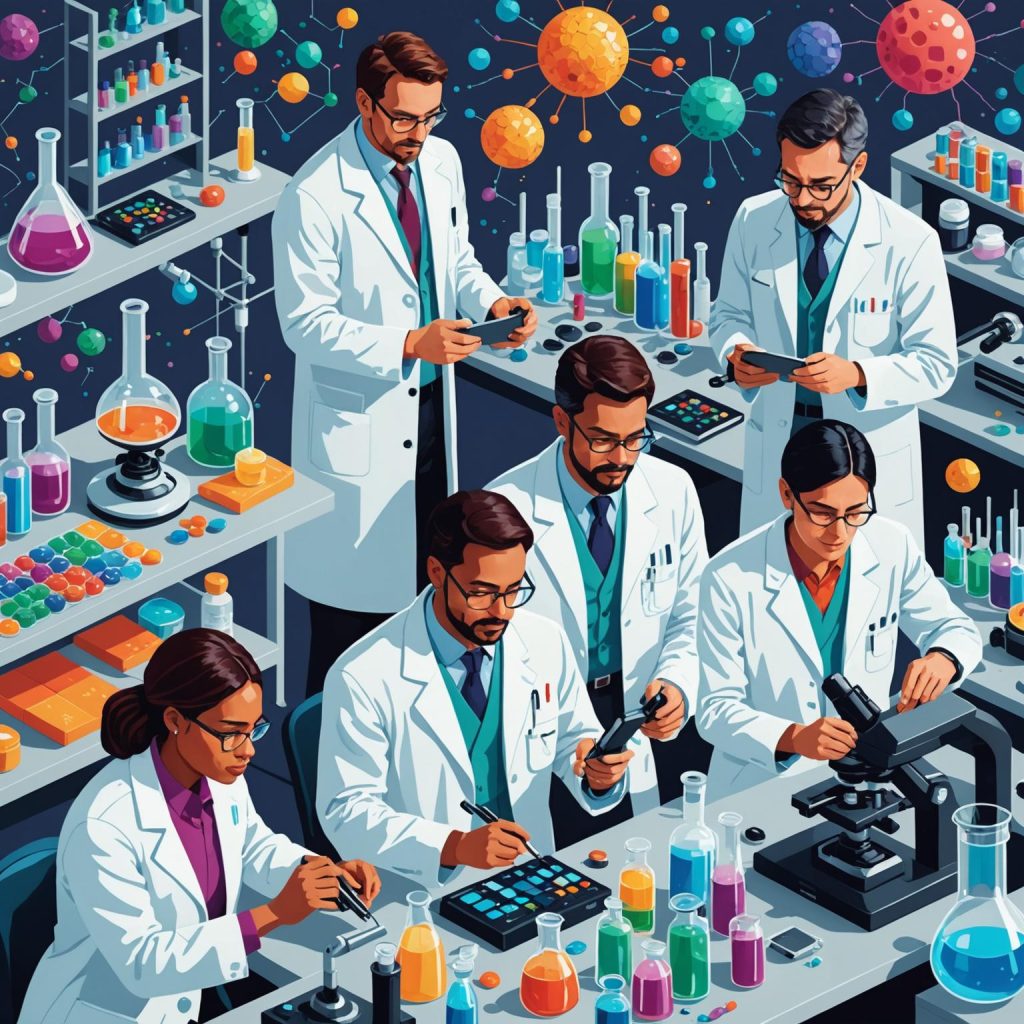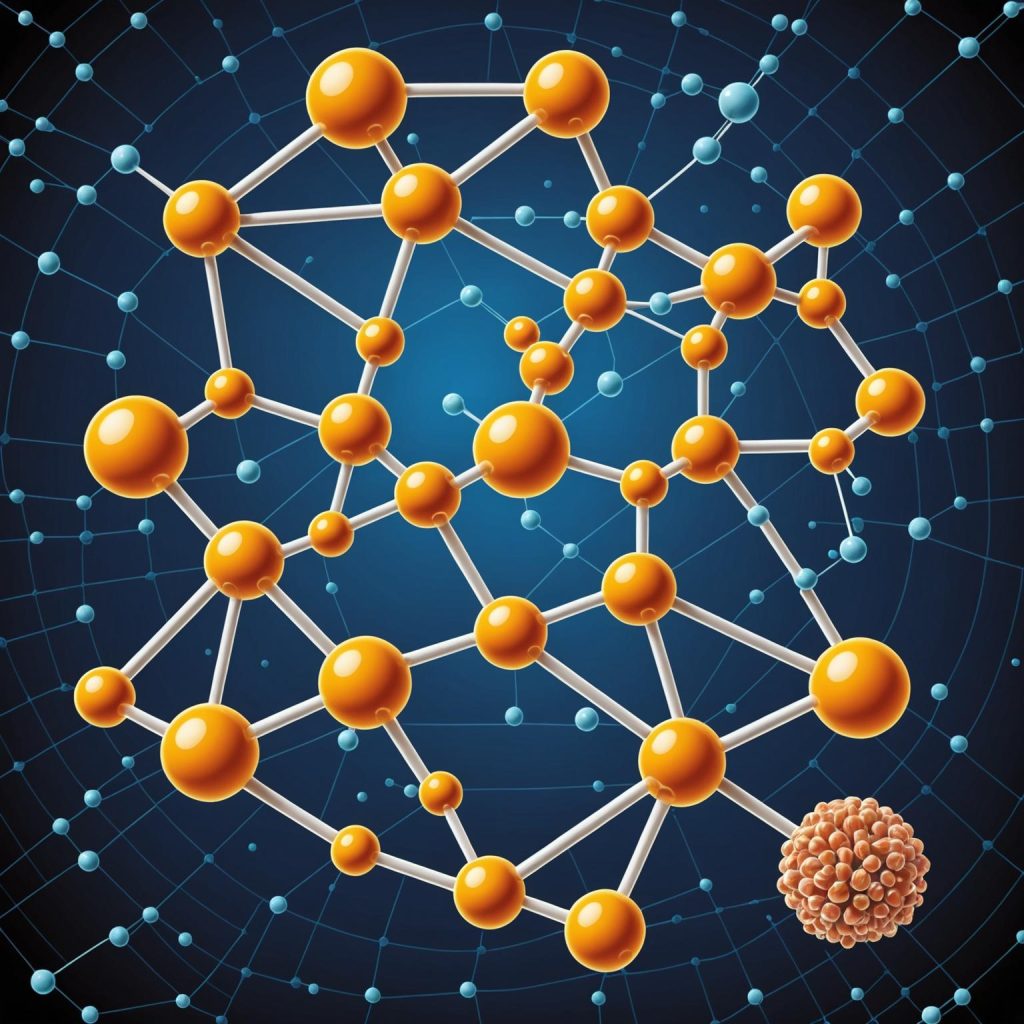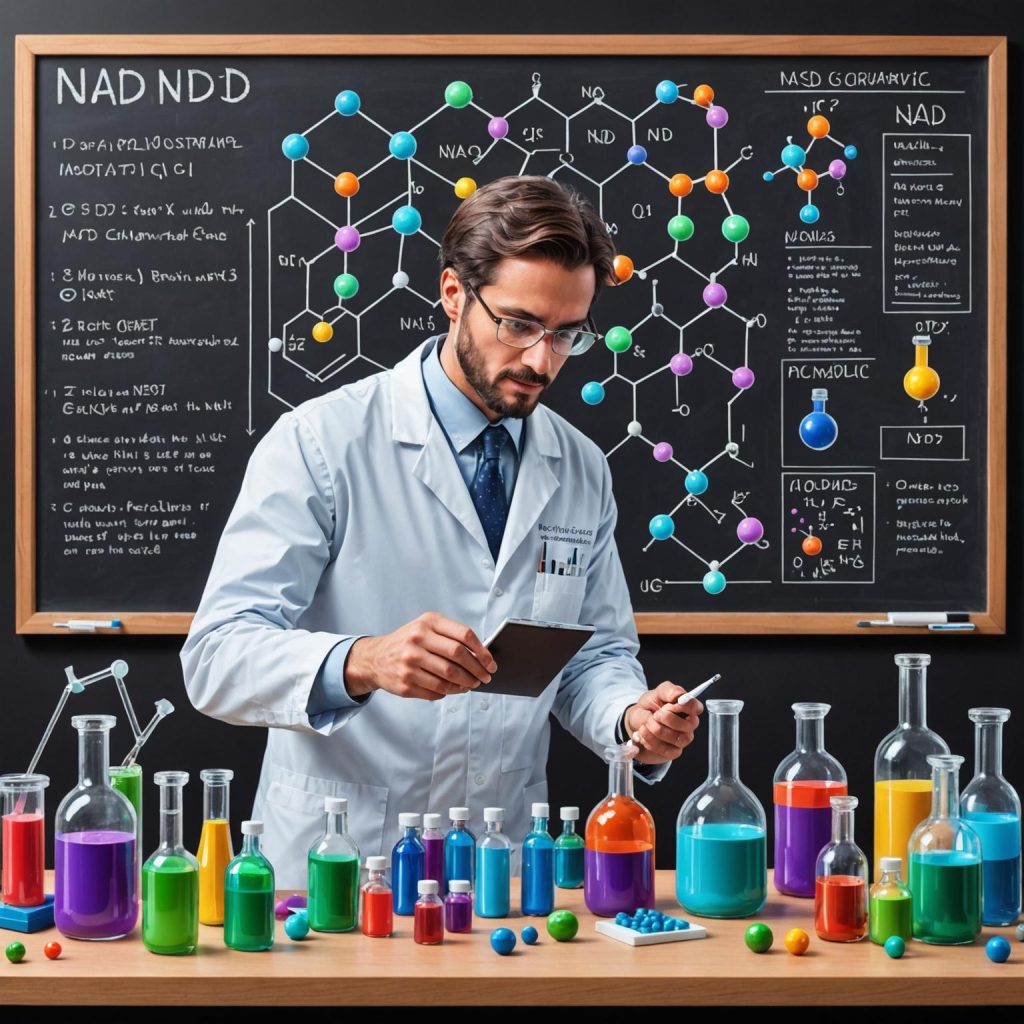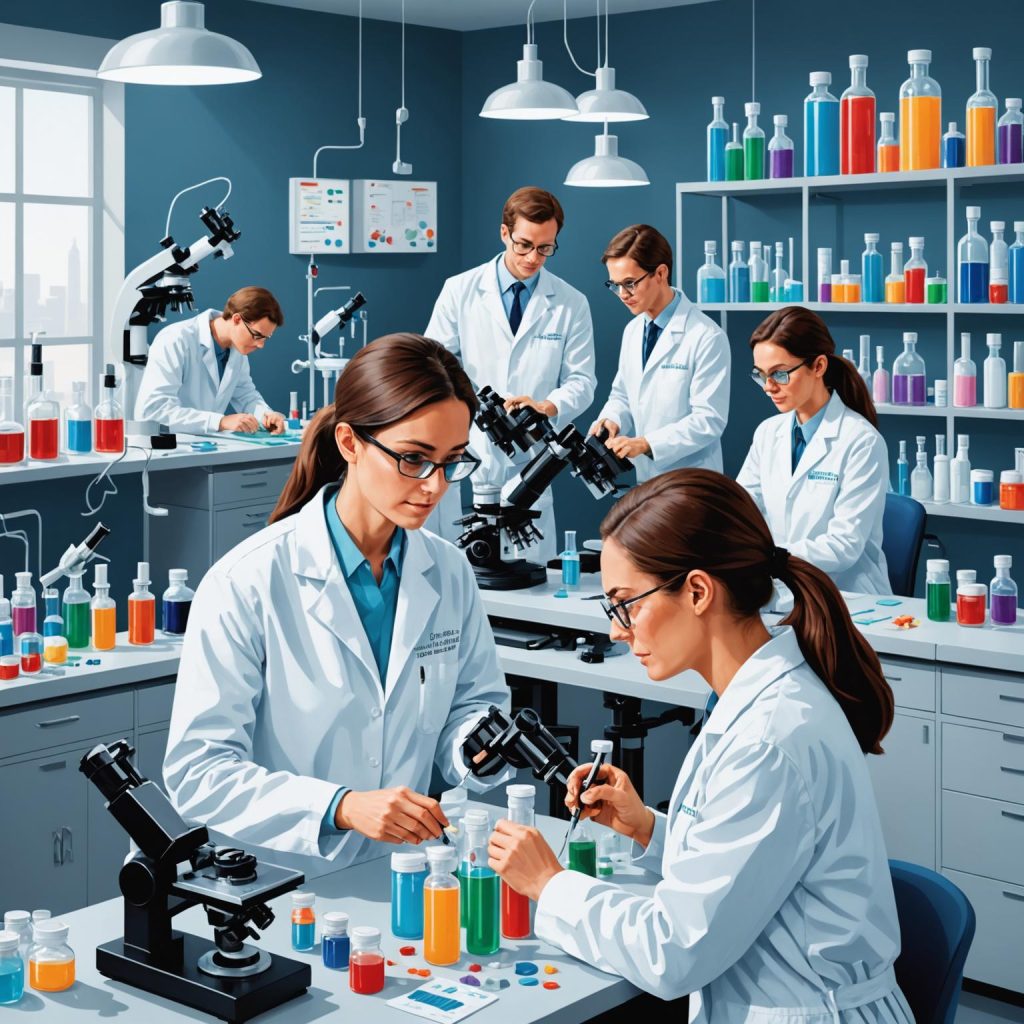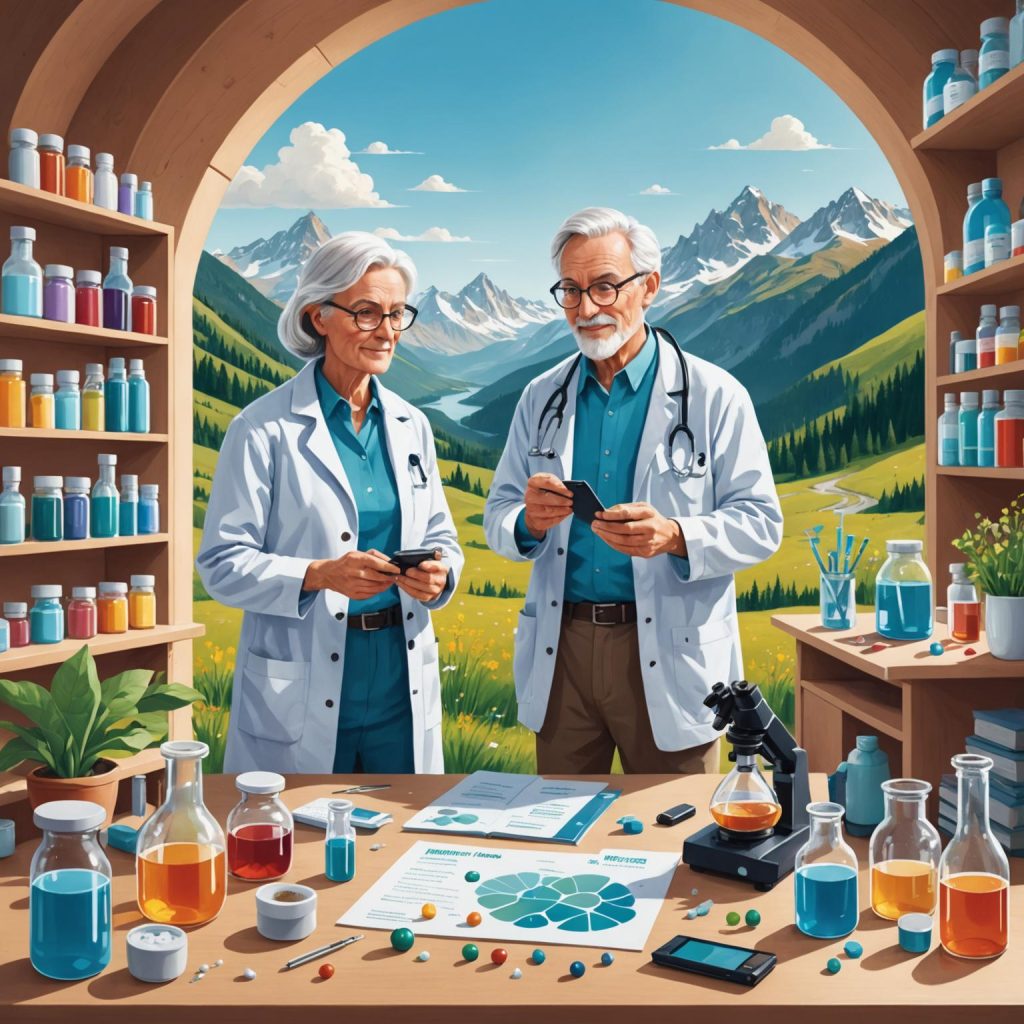Life in all its forms, from the smallest bacterium to the largest blue whale, requires a constant supply of energy to carry out essential processes. The universal energy currency that powers these activities is a remarkable molecule known as Adenosine Triphosphate, or ATP. This molecule acts like a rechargeable battery for our cells, capturing chemical energy from the breakdown of food molecules and releasing it to fuel other cellular reactions. Without a continuous supply of ATP, life as we know it would cease to exist, making it a cornerstone of biological energy transfer.
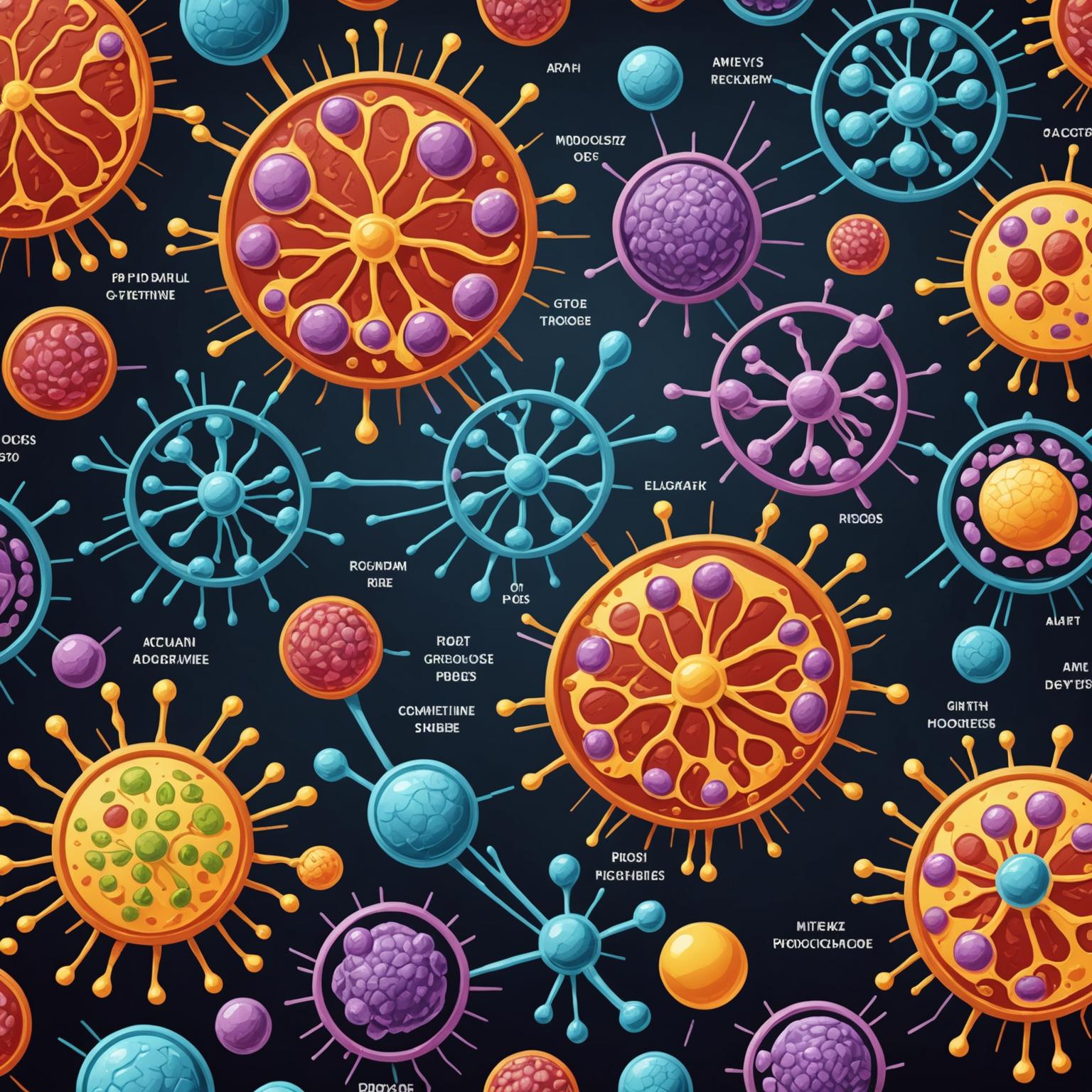
The Molecular Structure of ATP
To understand how this molecule works, we must first examine the ATP structure. At its core, an ATP molecule is composed of three main components: adenine, a nitrogenous base; ribose, a five-carbon sugar; and a chain of three phosphate groups linked in a series. The adenine and ribose together form a unit called adenosine. The real power of ATP lies within the chemical bonds connecting these phosphate groups, often referred to as high-energy phosphoanhydride bonds. When the bond linking the outermost phosphate group is broken through a process called hydrolysis, a significant amount of energy is released. This reaction converts ATP into Adenosine Diphosphate (ADP) and an inorganic phosphate ion, making the stored energy available for the cell to perform work. The elegance of the ATP structure is its ability to be readily reformed, creating a continuous energy cycle.
Understanding ATP Synthesis
The process of regenerating this vital energy source is known as ATP synthesis. Cells are incredibly efficient at this, constantly recycling ADP back into ATP to meet the body’s immense energy demands. The primary pathway for ATP synthesis in animals and many other organisms is cellular respiration. This complex process involves three main stages: glycolysis, the Krebs cycle (or citric acid cycle), and oxidative phosphorylation. During these stages, chemical energy is extracted from glucose and other organic molecules and used to add a phosphate group back onto an ADP molecule. The final stage, oxidative phosphorylation, which occurs in the mitochondria, is particularly productive, generating the vast majority of a cell’s ATP. In plants and some other organisms, photophosphorylation during photosynthesis also contributes to ATP synthesis, using light energy to power the process. This incredible molecular machinery ensures that the cell has a constant, reliable source of power.
The Critical Functions of ATP
The energy released from ATP hydrolysis powers a vast array of cellular activities, which can be broadly categorized into several types of ATP functions. The first is mechanical work, which includes the contraction of muscle fibers allowing for movement, and the beating of cilia and flagella for cellular motility. A second major category is transport work, such as the active transport of ions and molecules across the cell membrane against their concentration gradients. A prime example is the sodium-potassium pump, which is essential for nerve function. The third category is chemical work, where ATP provides the energy needed to drive endergonic reactions—metabolic reactions that require an input of energy to proceed, such as the synthesis of proteins, anabolism, and DNA replication. The versatility of these ATP functions highlights its central and indispensable role in cellular metabolism and overall organismal survival.
ATP: The Unsung Hero of Cellular Life
In conclusion, Adenosine Triphosphate is more than just a simple molecule; it is the fundamental pillar of energy management in all known living systems. Its unique molecular design with high-energy phosphate bonds allows for the efficient storage and rapid release of energy exactly where it is needed. Through complex and highly regulated processes like cellular respiration, cells engage in continuous ATP synthesis to ensure this energy supply never runs dry. From powering muscle movement to building the very proteins that make up our bodies, the diverse functions of ATP are indispensable for survival. Understanding this molecule is key to understanding the very essence of how life is powered at its most fundamental level, making it the true unsung hero of biology.

